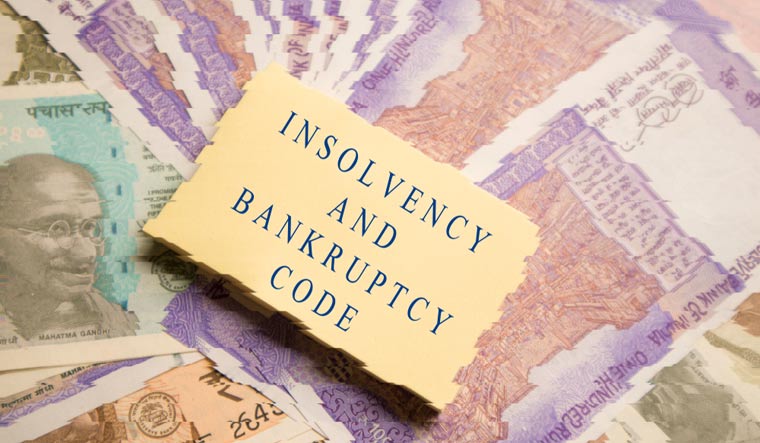The Insolvency and Bankruptcy Code, passed in 2016, has been one of the most ambitious reforms of the Narendra Modi government. Earlier, insolvency cases used to drag on for years, and success was limited. The IBC was intended to solve this with cases expected to be completed in a time-bound manner, which was expected to aid recoveries too.
It has been almost eight years since the IBC was passed, but a study on IBC cases in 2023-24 reveals that a lot of issues remain. Importantly, resolutions still remain low and cases closed through liquidation remain high. Furthermore, haircuts or losses that financial creditors have to incur on their exposure also remain high.
In the financial year that ended on March 31, 2024, a total of 987 cases were admitted to the insolvency process. This is a nearly 22 per cent decline compared with the 1,263 cases that were admitted in 2022-23, according to a report by Kotak Institutional Equities.
Out of the total admitted cases till the March quarter of 2024, 38 per cent were from the manufacturing space, 21 per cent from real estate, 12 per cent from construction and 10 per cent from retail/wholesale trade.
"Corporate India continues to be in a healthy shape with no new signs of stress as most companies have gone through a fair amount of deleveraging. As a result, the direction of cases and outstanding claims will likely stay low as legacy stress gets resolved," said Kotak analysts MB Mahesh and Nischint Chawathe.
The total amount of debt resolved through IBC is around Rs 10.5 lakh crore. However, financial creditors have faced haircut of as much as 68 per cent on admitted claims, the report pointed out. While recoveries are low, many cases end up in liquidation.
Key reasons include the fact that by the time a company is admitted to the insolvency process, its financials are already weak. Many times, the value of the assets has also deteriorated or there are hardly any assets at all. In such a scenario, prospective buyers will certainly not want to offer a lot of money or there won't be any buyers at all.
"As we work through some of the weaker assets where there are incomplete projects or sectors with very poor demand from buyers, the realization values are relatively poorer," noted the analysts.
Under the IBC, the settlement procedure had to be completed within 180 days. A 90-day extension was allowed on that. Later, rules were revised and the timeline to complete the corporate insolvency resolution process (CIRP) was extended to 330 days.
The Kotak analysts note that the average time taken for CIRPs, which ended with a resolution plan has also been steadily inching up. As of March 2024, it stood at 679 days. In the March quarter of 2023, the average time taken was 614 days and as of June 2022, it was 550 days.
While the IBC was expected to lead to faster resolutions, closure of cases by way of liquidation still remains dominant. Of the 5,640 cases that were closed till the March quarter of 2024, only 17 per cent were resolved, while 45 per cent faced liquidation, the Kotak report further noted.
"Liquidation remains the most common path of closure for cases under the insolvency resolution process," noted Mahesh and Chawathe.
Given that a significant amount of time has already passed in a large number of the ongoing cases, the number of cases facing liquidation is likely to remain high, the analysts added.
As of March quarter, 68 per cent of the ongoing cases have crossed 270 days since admission, and another 10 per cent have crossed 180 days, according to the Kotak report.
The analysts noted that one-third of liquidations happened because no resolution plans were received in those cases. Also, most cases ending up in liquidation were already defunct or were with the Board for Industrial and Financial Reconstruction (BIFR), they added.
Uday Kotak, the founder of Kotak Mahindra Bank, cites the delay in the admission of cases to the NCLT (National Company Law Tribunal) and the time taken there as the main reason behind the low resolutions.
"If we quicken that recovery percentage improves," he said on social media platform X.
Kotak, however, stated that IBC had brought benefits of creditors being in control and corporate accountability.



